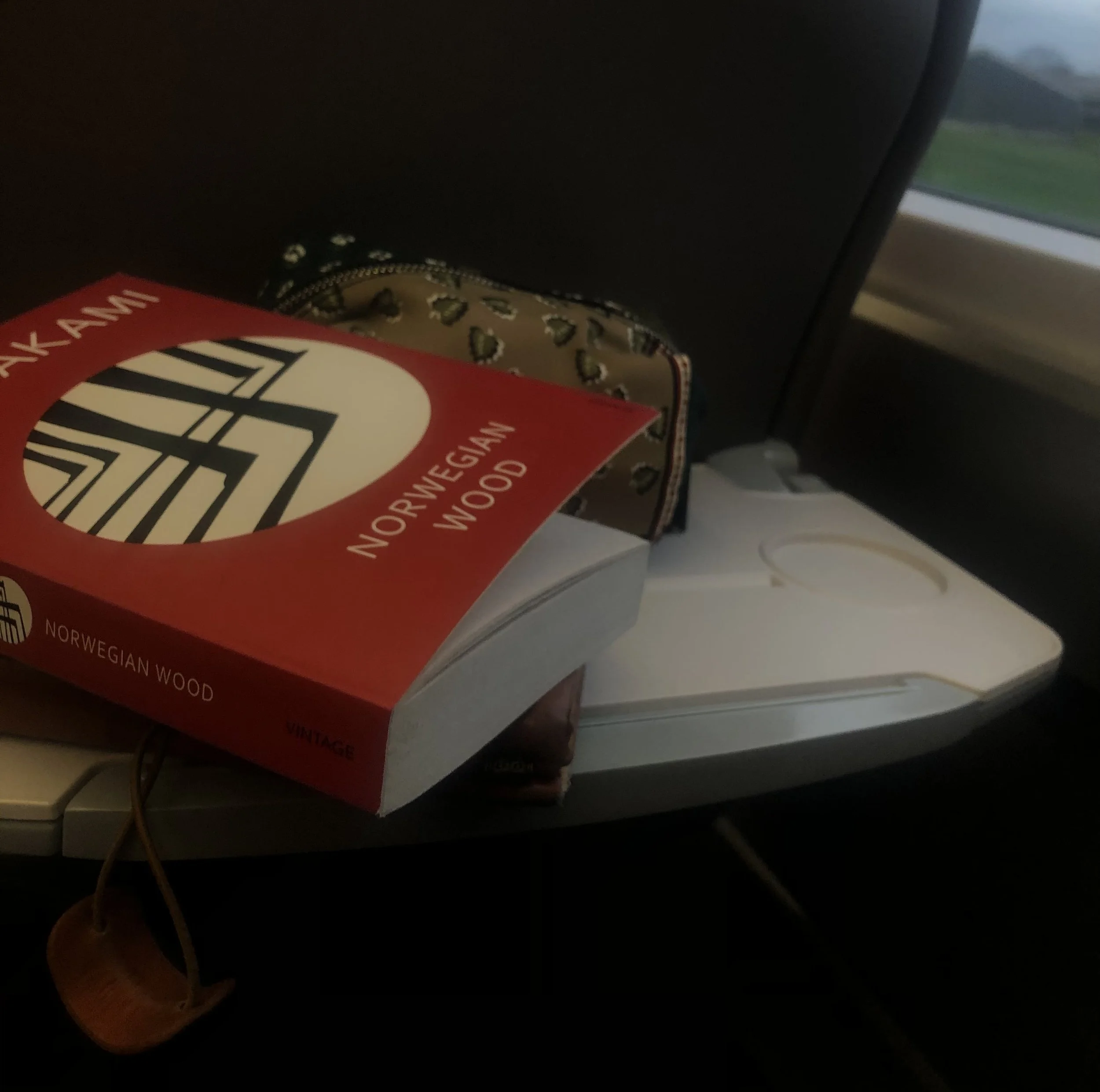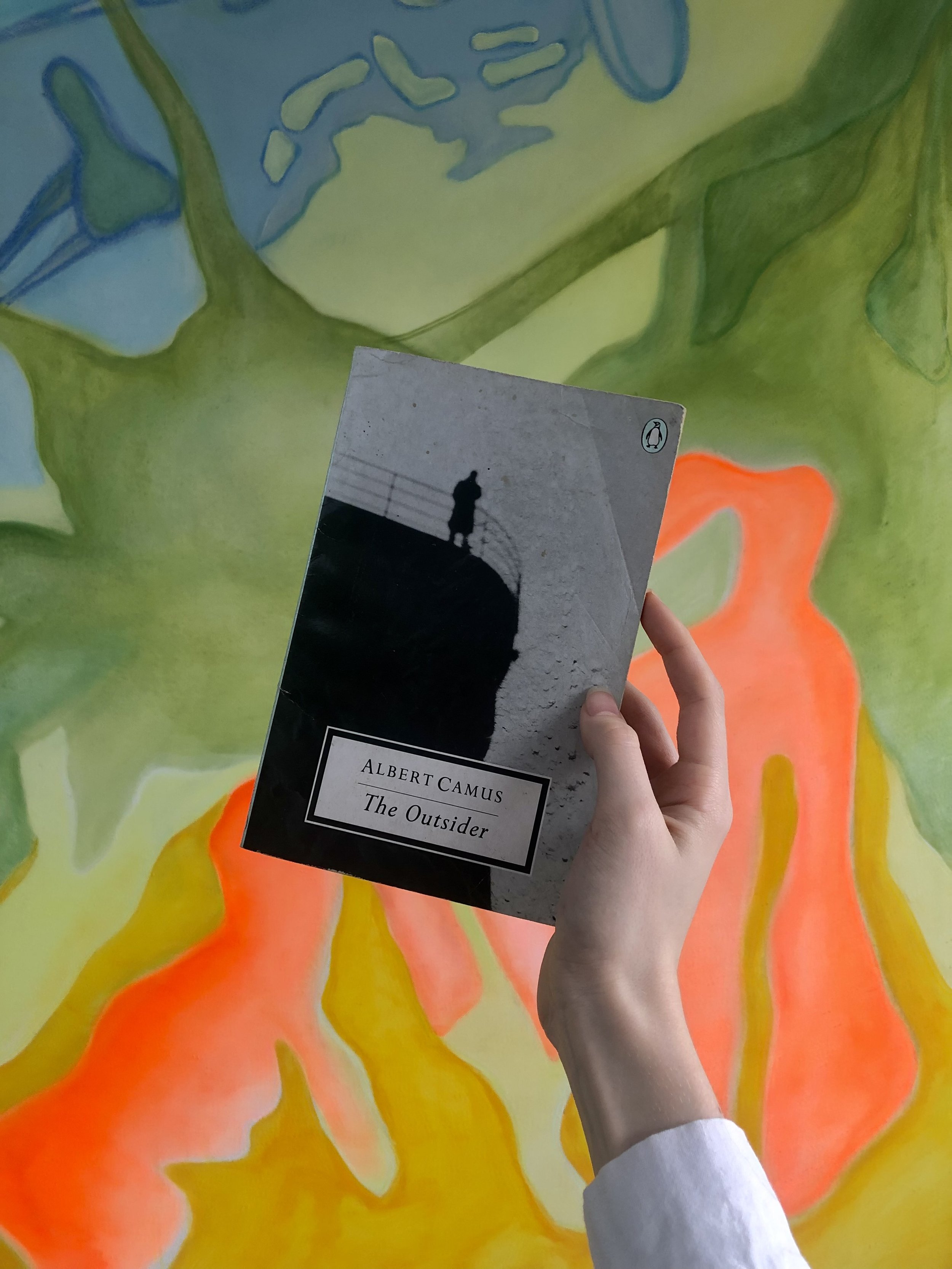Madeleine Wenman
Madeleine Wenman
Read More
Madeleine Wenman
Madeleine Wenman
Read More
Madeleine Wenman
Madeleine Wenman
Read More
Madeleine Wenman
Madeleine Wenman
Read More
Madeleine Wenman
Madeleine Wenman
Read More
Madeleine Wenman
Madeleine Wenman
Read More
Madeleine Wenman
Madeleine Wenman
Read More
Madeleine Wenman
Madeleine Wenman
Read More
Madeleine Wenman
Madeleine Wenman
Read More









